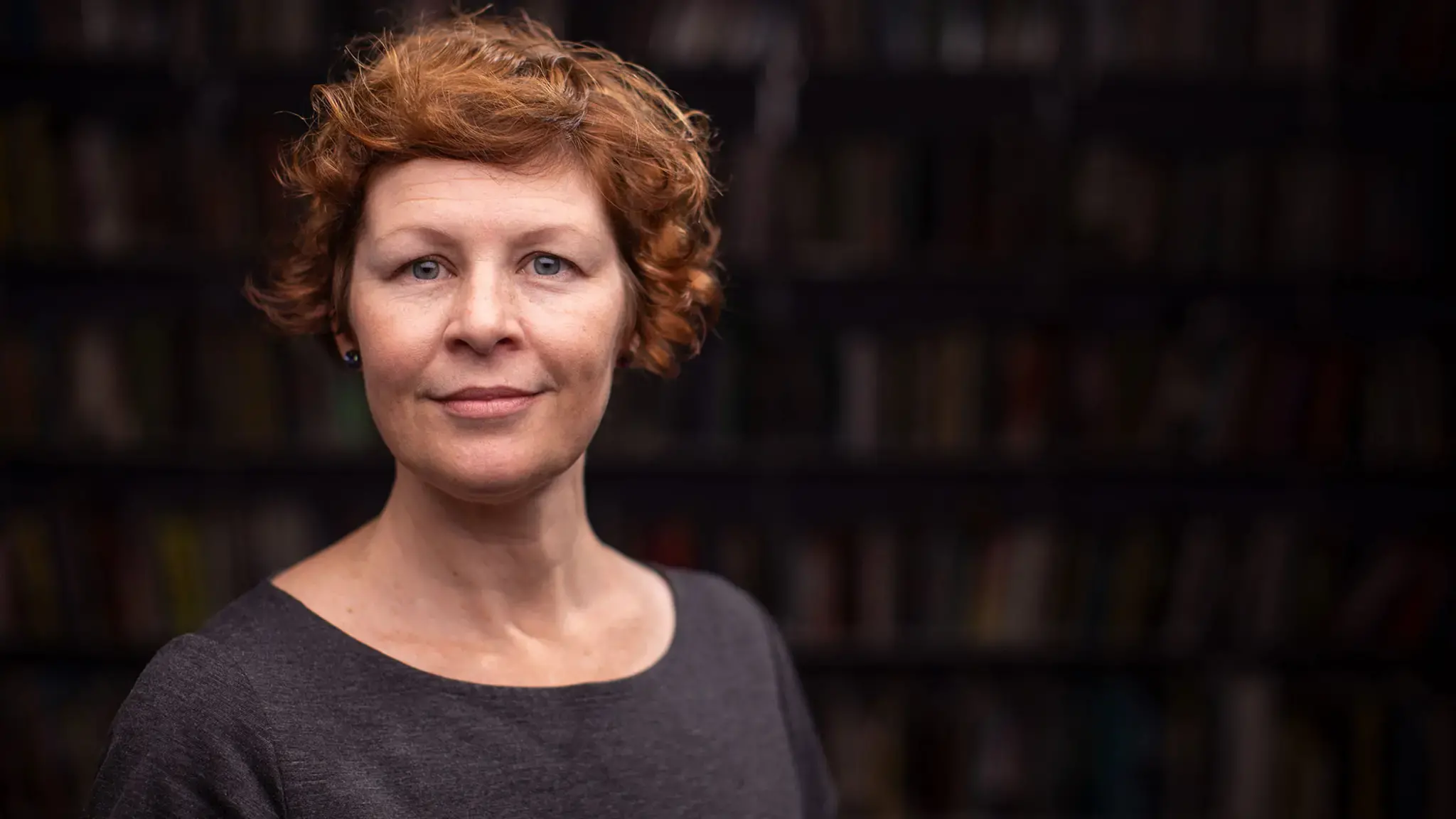Digital technology evolves and accelerates at an intimidating rate, and modern audiences can often adopt new trends more quickly than most institutions. To reckon with ever-mutating devices, platforms, and paradigms, cultural practitioners must be vigilant, nimble, and deliberate. In these videos, the Center’s 2018–19 Visiting Technologist Dr. Suse Anderson offers her perspective on why there is more to embrace than to fear from these technologies and unpacks some of the ethical considerations for employing them.
Digital technologies carry with them a host of ethical considerations. Dr. Anderson outlines how cultural institutions can approach their use.
Close Transcript
The reason social media was so revolutionary was it meant that it had taken the tools of production outside of the hands of people who needed to go to code and gave them to everyone. They said, hey, you have a smartphone. It's very easy to create content. And here are spaces where you can upload it where all of the frameworks are built for you. To now say, well, a lot of those frameworks are actually not appropriate for me, they're not safe, that's a really big challenge.
And it's a challenge for cultural institutions, too. Because a lot of these spaces and a lot of these companies do not necessarily have the same values that we might have as cultural institutions or as cultural practitioners that we're not going into value neutral spaces. But our audiences are in a lot of these spaces anyway. So what does it mean for us to be creating content in ways that are monetized by organizations, that we're actually not getting that same benefit, and we have very little control over?
If one of the major tech giants changes their algorithm in ways that are not beneficial to us, we have very little recourse about it with the exception of leaving. And it's hard when you've built up an audience to make that shift. A lot of the things we're aiming to do, which are noble and virtuous aims in many cases, have implications. And they can be implications around how we run, how we do our work, around what our audiences expect of us in return.
PermalinkDigital replication can be more than a diminished version of the analog. Using music as an example, Dr. Anderson examines how new technology can enhance rather than replace.
Close Transcript
So one of the things that I have long thought about and believed that I find a useful way of thinking through technology is to think back many, many years ago, generations ago to before we had any form of recorded music. Then, to experience music was to experience live music. If you wanted to hear music, it had to be live by default.
Move forward to a point where we have recorded music, even thinking through mechanical music. Suddenly, we then have a choice. I want to hear music. Well, do I want to hear music that is in my home through a listening device? Or do I want to have someone perform for me?
It's only when we got the opposite, or the point of difference, being the recorded music, that the live music actually came into itself as live music rather than being the default of music. Through that, we start to understand the qualities of live music that make it so compelling, the being in the room with someone, sharing that intimacy of space, of hearing when they make a mistake because it's live and it's there and it's fresh, versus music that is captured, which can be repeated time and time again, which we can use at any time, regardless of equipment. Well, you need music to play the recorded-- equipment, but you don't need to carry a piano with you.
It's only through this recorded music that we got to understand the qualities of what made live music so beautiful and so essential. And I think it becomes an interesting view through which to think about digital technology and in-person experiences, that by thinking about what we can do in the digital space that helps us really focus on what is unique about the in-person. It helps us really essentialize the experience of the in-person and come to understand its beauty and the things about it that are irreplaceable in ways that actually we can't do as easily until we have something that performs that other role.
PermalinkDr. Suse Anderson was The Pew Center for Arts & Heritage’s 2018–19 Visiting Technologist, leading an examination of forward-thinking technology work in the arts and culture field. Anderson is assistant professor of museum studies at The George Washington University and host of Museopunks, a podcast for the progressive museum (presented by the American Alliance of Museums).









